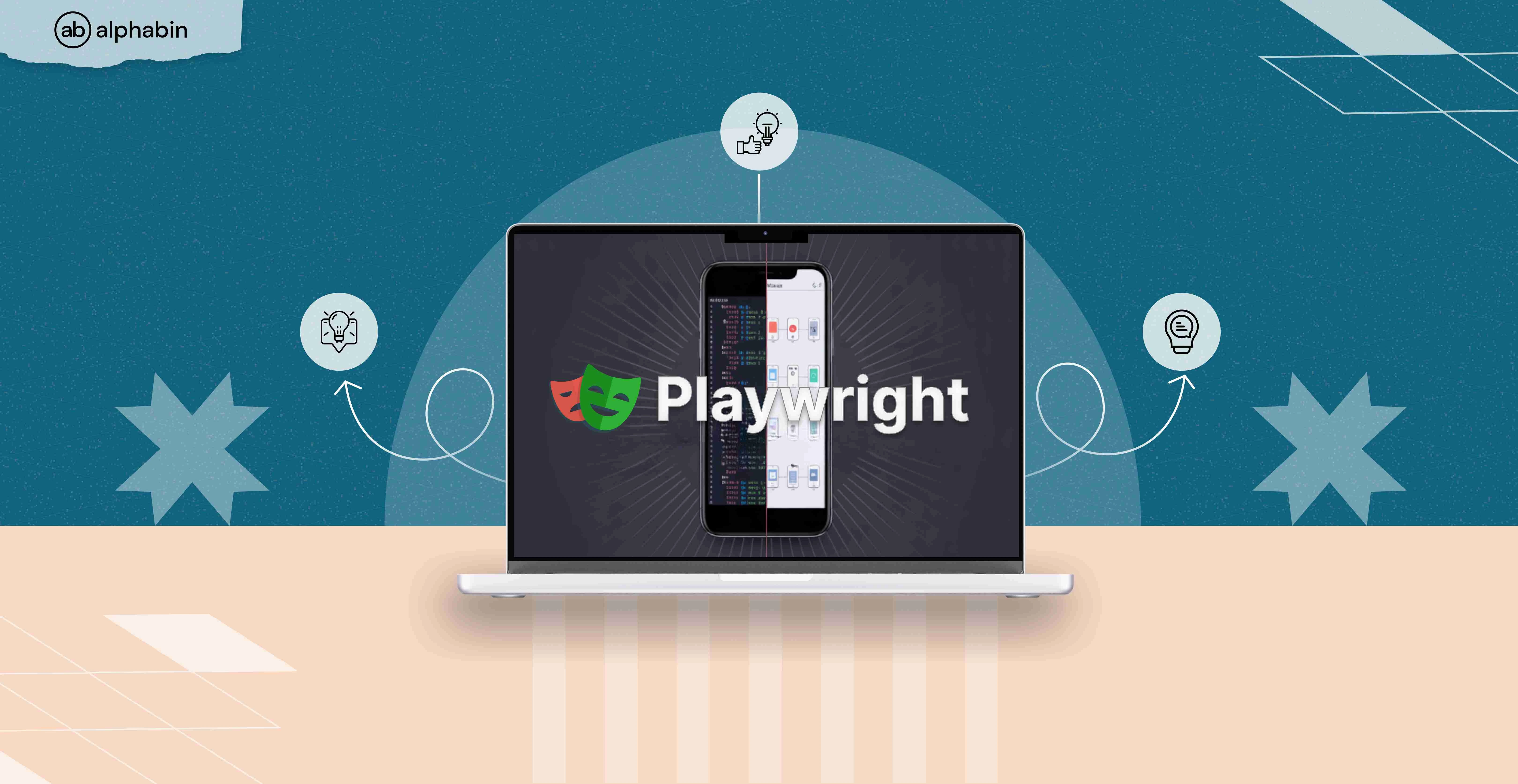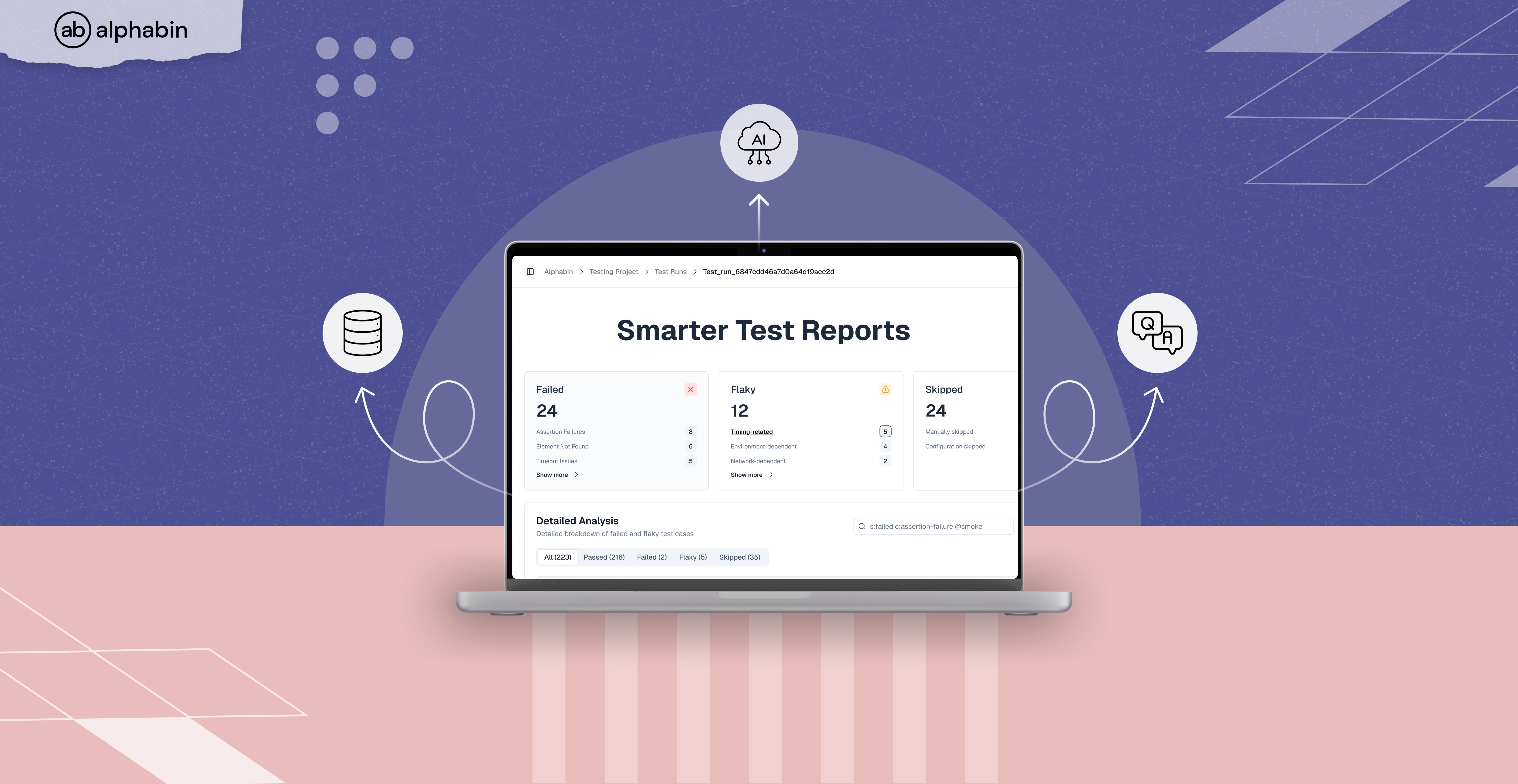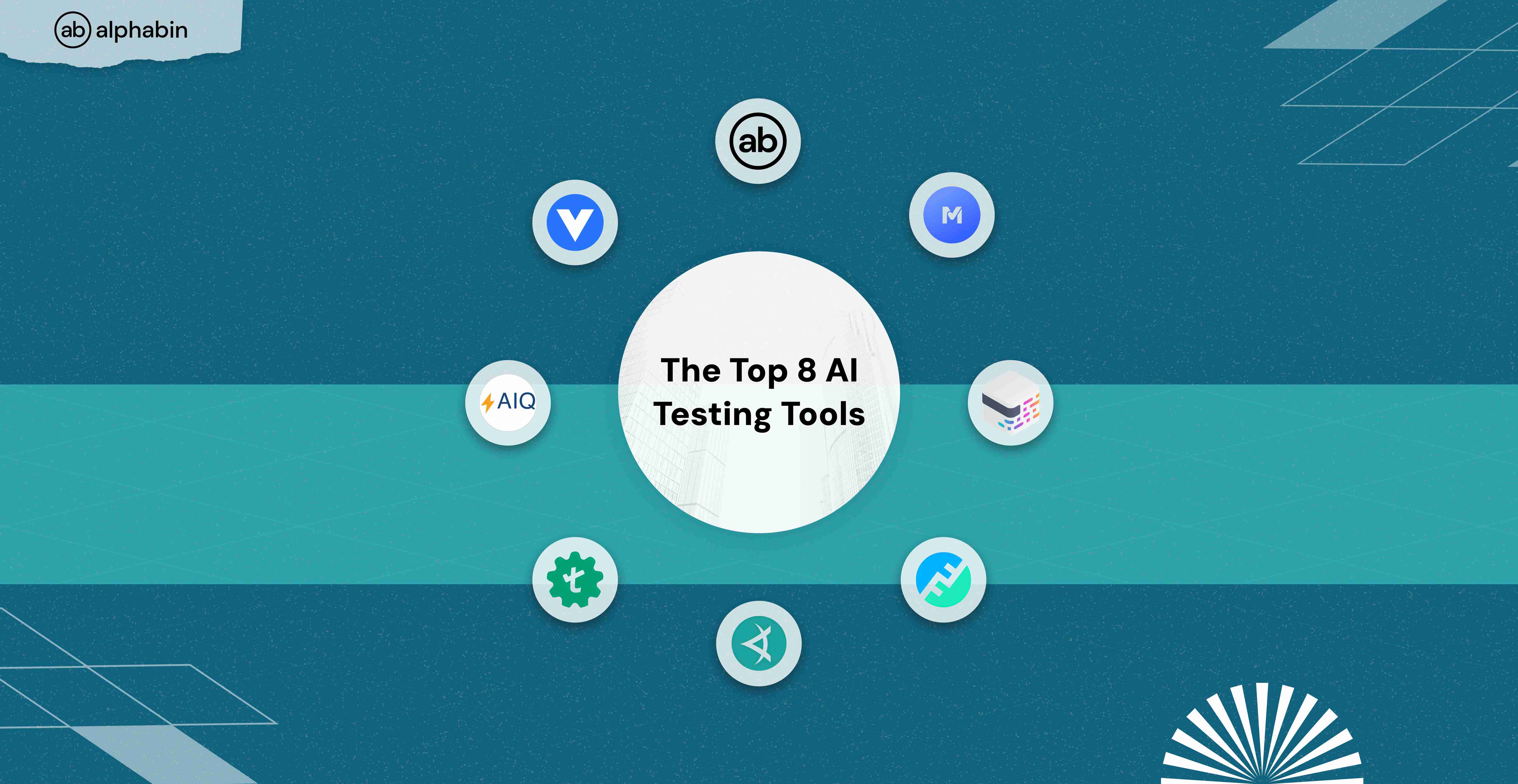Most software bugs could be traced to validation mistakes. Think about building an app on paper that has no bugs and is flawless, but when they release it to the end user, they keep encountering problems since the software never addresses their problem or fulfills their requirements due to poor data validation.
This is where software testing and validation testing enter the picture. It's the activity of making sure the software you've built satisfies end-user expectations, not only technical requirements.
If you don’t have enough validation testing, you might end up with a product that looks great at first glance but doesn’t behave the way users expect. This will result in dissatisfied customers, higher support costs, and reputation loss.
{{cta-image}}
What is Validation Testing?
Validation testing is a testing process that involves evaluating a system or software to verify if the system fulfills the specified requirements and user needs. This decides whether the software produces the output as expected and works as it should in real-life situations.
Validation Testing Types
Validation testing is not a one-size-fits-all. Validation testing is a type of testing used at different stages of development based on the unique requirements of the software and its end users. Here are some of the most common types of validation testing:
- Alpha Testing: It checks the system before release in a controlled environment.
- Beta Testing: It validates the software in the real world with chosen users.
- Acceptance Testing: Ensures that the system meets the business needs and is ready for delivery.
- Regulatory Validation Testing: Ensures software complies with industry standards and regulations.
- Usability Testing: It confirms that the software is easy to use for the target audience.
Purpose of Test Validation
The validation of tests is to ensure that the test product meets the technical specifications but also adds value for the end user. Here’s why test validation is so important:
- Ensures that requirements are successfully met by the final software.
- Improves the software quality as it makes sure that the software has been made stable, is useful, and operates well.
- The software can be used by the end user and follows the usability standards.
- Helps businesses in managing regulatory compliance.
- Running test cases to check functionality, performance, and overall system behavior.
When to Use Validation Testing?
Validation testing should be performed at different stages of the Software Development Life Cycle (SDLC) to ensure that the final product meets the expected requirements. It is typically conducted:
- Verify that no new defects exist when making significant changes.
- In the course of migrating software, check the new environment for functionality.
- To achieve proper interoperability and performance when integrating multiple systems.
- During validation of stability, reliability, and expected behavior when releasing updates.
- Before beginning the development of new software, make sure that the requirements of the users are met.
- When validating data pipelines at different touches to the system.
Differentiate Between Validation Testing and Verification Testing
Software testing is broadly classified into validation and verification to ensure quality and correctness. While both are essential, they have different paths. Here is the comparison table:
Why is Validation Testing Essential in SDLC?
Software development can’t go on without validation testing. But it ensures the product meets user expectations and works to ensure the least costly errors and a better level of user satisfaction.

1. End-User Satisfaction
The primary reason software validation testing is vital is to ensure that the software is usable according to the desires of the intended user. However, a product only has value if the people who will be using it derive something from it.
Validation testing allows for identifying issues early by testing software with live data in a real-world context before it reaches a mass audience.
Suppose your app has a clean interface, but the process fails to meet users’ internal expectations. Usability issues will emerge in validation testing, preventing problems for the product before it goes public.
2. Risk Mitigation
Without validation testing, it is more likely that the software has significant bugs or usability issues that are only identified right after the release. Bugs of this type can make customers angry or frustrated, cause product recalls, and result in expensive patches.
Validation testing is the process in which the product is validated in real-life conditions. Thirdly, integrating data observability allows you to detect problems before they hit the market, saving time, lowering costs, and keeping your reputation.
3. Compliance Standards
Nonetheless, some industries with fairly strict compliance standards, such as healthcare and finance, demand thorough validation to confirm that the software fits the regulatory standards.
Regulatory bodies have certain requirements for software such as data privacy laws or something similar like financial reporting standards. Validation testing is to ensure that the software is compliant with such standards or regulations before it can be used in those environments.
An example of validation testing would be to confirm that healthcare software complies with HIPAA standards regarding data security and privacy.
4. Performance Assurance
While validation testing proves that features work properly, it also verifies the expected operational performance of the software. Our team checks if the product runs fast and uses resources well while dealing with natural application tasks.
Our tests verify that your online store handles busy periods properly despite serving a large number of users, similar to quality control measures in a manufacturing process.
Validation testing confirms if the product operates correctly in the same conditions it will experience when launched and proves that the system can handle expected demands.
Real-World Example of Validation Testing
Here are a few real-world scenarios where validation testing made a significant impact:
E-commerce Checkout Process
- It ensures that users can browse through products to add to the cart or edit the quantities.
- It confirms that the payment system is secure and accurate.
- Orders are confirmed, then validated and email notifications are sent on time.
Healthcare Software Validation
- Helps both patient data recording and medical calculations.
- It emphasizes smooth integration with external systems like electronic health records (EHR).
- It guarantees that patient safety will remain inert throughout the software’s use.
Banking Application Transactions
- Solves all processes related to transactions (such as transacting funds and viewing balances).
- It validates secure and reliable account management across different platforms.
- It confirms that users can trust the banking system for secure financial services.
Role of Validation Testing in Development Process
In the development process, it should be aimed for software should fulfill its proper functionality and user experience across its life cycle. From this perspective, validation testing is necessary to ensure that software is not only technologically good but also usable by users.

1. Ensuring User Requirements Met
The software fulfills the real needs of the users, and validation testing confirms this. Always, whether for a customer-facing app or an internal tool, the software ensures that the product is delivered as promised.
2. Improving User Experience
One big advantage of validation testing is its emphasis on user experience. This is to ensure that the software is not just functional but is intuitive and easy to use, thus making it trendy.
3. Reducing Defects and Bugs
This helps to minimize the probability of post-release bugs and offers a stable and reliable product. This will help pick up on issues before they come into the market.
{{cta-image-second}}
Final Thought
Validation testing is important in software engineering since it guarantees that the product achieves the user’s objectives and business requirements. Usability, performance, and effectiveness in real-world scenarios outside of functional correctness are evaluated.
The validation testing is implemented to prevent costly defects and improve user satisfaction, and in the end, it also ensures that the developed system conforms to the accepted industry standards. It closes the gap between developer and user, providing stable and efficient software.
Also, check:



.svg)










